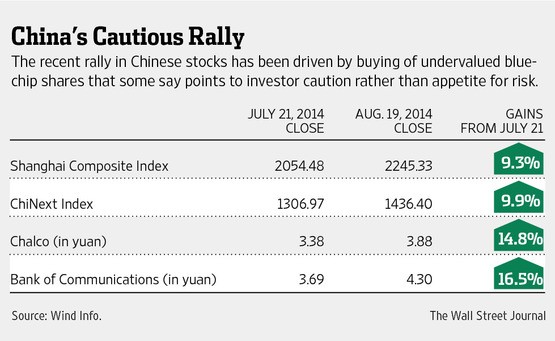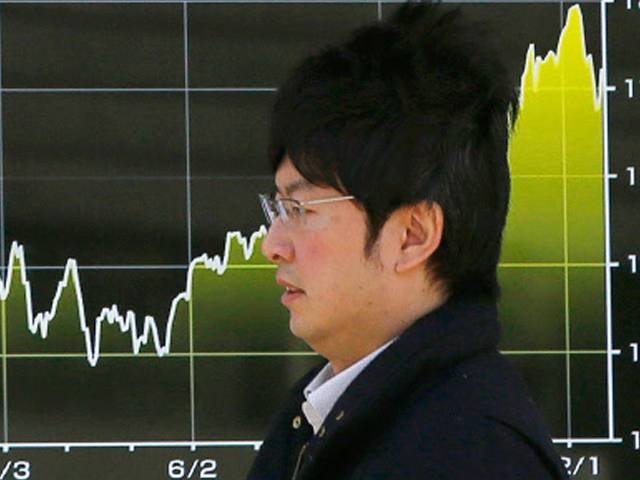How to Buy Blue Chip Chinese Stocks on the Cheap
Post on: 12 Апрель, 2015 No Comment

We all know how Chinese stocks have underperformed this year and last, but that doesn’t mean there’s no reason to invest in them—just remember that careful and selective picking is the name of the game here.
While I’m neutral in the near-term, my longer-term assessment continues to be bullish in spite of what others are saying about the eventual collapse of the “Great Wall” economy.
I have been to Asia, and I have seen the dynamic economies there. Yes, there are many manufacturing plants in China ’s economic zones that sit idle as the global economy struggles on. And yes, we are seeing some manufacturing move to Mexico, where the close proximity to the U.S. is making Mexico a hotspot for manufacturing outside of the Chinese economy. But I would still be looking at some of the bigger Chinese companies—the ones that actually make money. Of course, we need to also trust the reports. The U.S. Securities and Exchange Commission (SEC) is working on this.
For some of you, a good alternative to buying stocks would be to consider buying exchange-traded funds (ETFs) with a focus on the Chinese economy. This includes the PowerShares Golden Dragon Halter USX China Portfolio (NASDAQ/PGJ) ETF, which is at a 52-week high. This ETF has a focus on strong small-cap stocks that are familiar to most investors, including Baidu, Inc. (NASDAQ/BIDU) and Qihoo 360 Technology Co. Ltd. (NASDA/QIHU), which has been sizzling on the chart. This is a good fund that allows you access to numerous Chinese growth stocks in the technology, healthcare, and industrial sectors.
On the large-cap side, if you are more conservative and want to invest in Chinese blue chips, then the iShares China Large-Cap (NYSEArca/FXI) ETF may be for you. This ETF owns the top major companies in China, many of which are not available to buy on U.S. exchanges.
This iShares ETF is based on the Xinhua 25 Index, which consists of 25 of the largest and most liquid Chinese stocks. This ETF is a relatively conservative play on Chinese stocks.
Special: An Important Message from Michael Lombardi:
I’ve identified six time-proven indicators that now all point to a stock market crash in 2015. You can see my latest video, Six Time-Proven Indicators Now All Pointing to a 2015 Stock Market Crash, which spells out why we’re headed for a crash and what you can do to protect yourself and even profit from it, when you click here now.

Unlike the small-cap PowerShares ETF, iShares China Large-Cap is just north of its 52-week low, so there’s potential.
With $5.22 billion in assets as of June 27, 2013, this ETF has been lackluster, with a three-year return of -3.58%. If the country can renew its growth, the iShares ETF could rally.
Again, this ETF has a large-cap focus and is suited to conservative investors; albeit, even more speculative investors should have some large-cap holdings in their portfolios for diversification purposes. The fund is heavily invested in the financial services sector (53.93%), which has been a drag on the Chinese economy. Other top sectors in this fund include telecommunications (17.26%), energy (12.29%), and technology (7.24%).
The fund’s top-10 holdings are China Mobile Limited, China Construction Bank Corporation, Industrial and Commercial Bank of China Limited, Tencent Holdings Limited, Bank of China Limited, CNOOC Limited, PetroChina Company Limited, China Petroleum & Chemical Corporation, China Overseas Land & Investment Ltd. and China Life Insurance Company Limited.
If the iShares ETF can turn its fortunes, it may be worth some consideration for more conservative investors looking to buy into blue chip Chinese stocks. (Read “How to Make Radical Changes in China Work for You .”)














